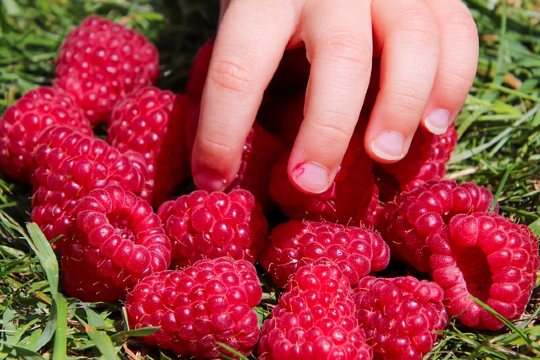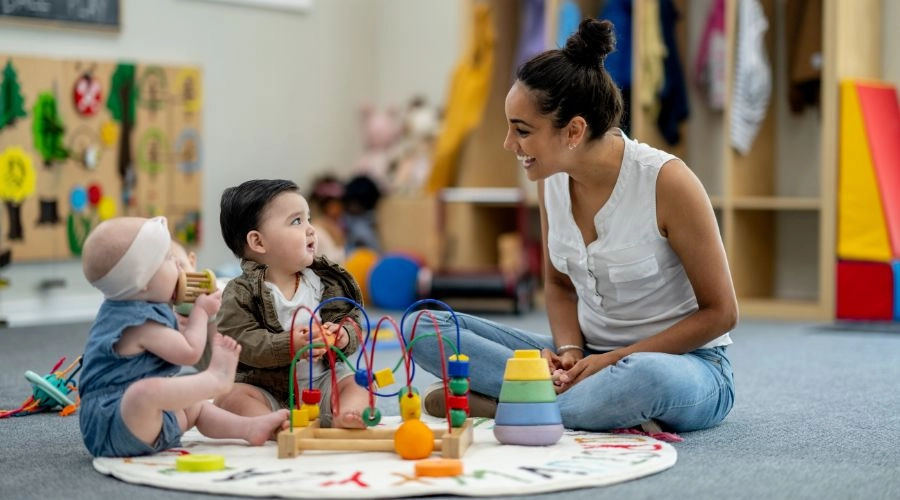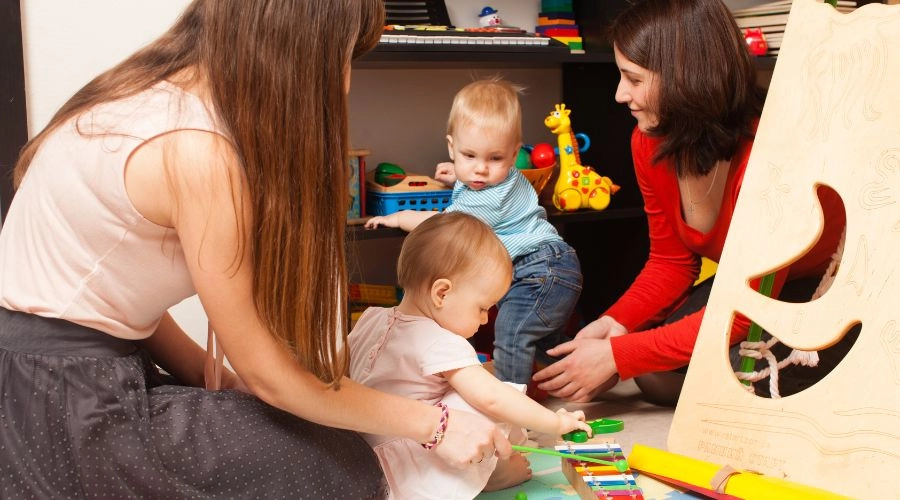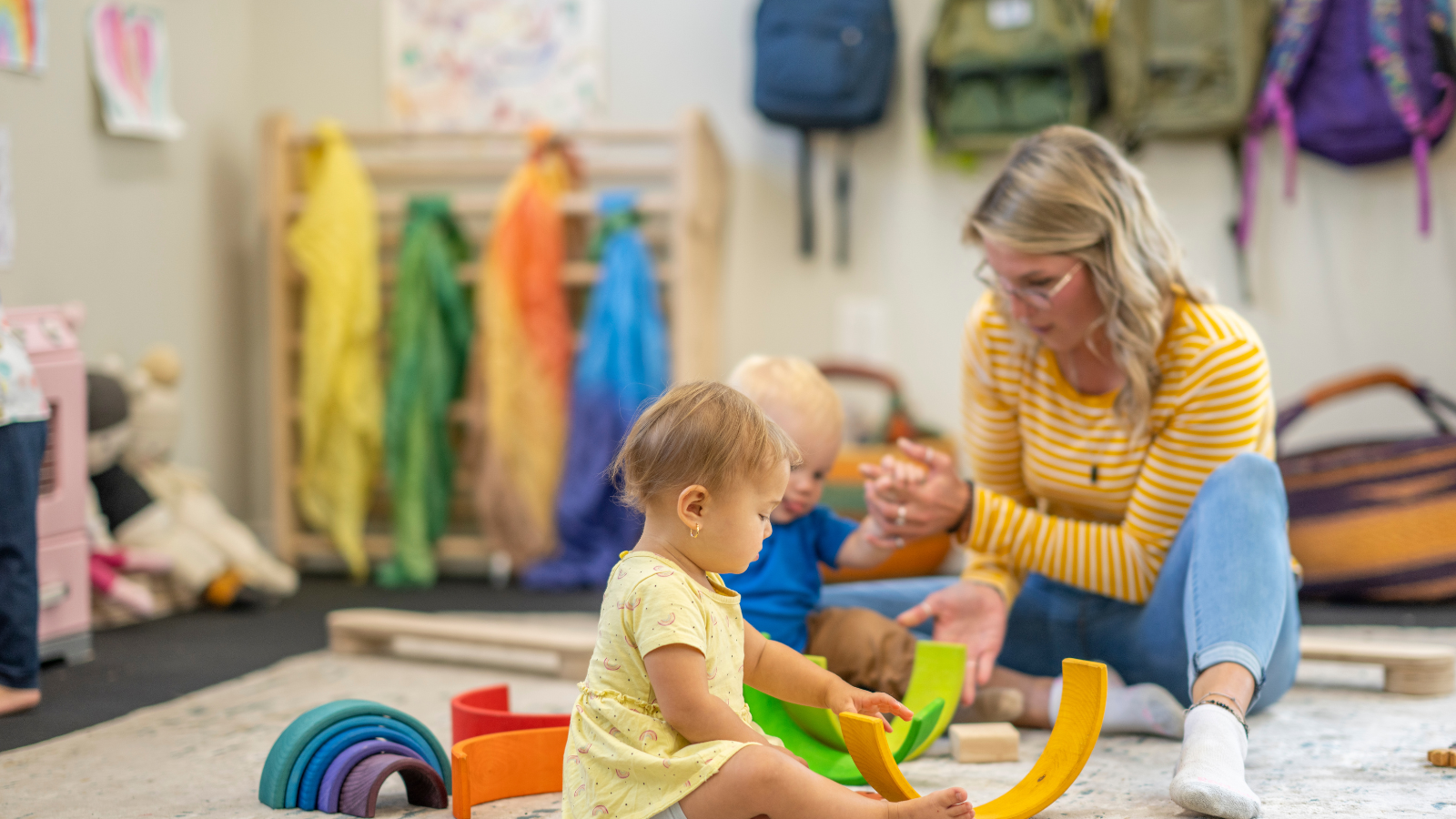Teaching toddlers to eat healthy food can be tough. It’s no secret that they tend to favor sweets and snacks over a plate of veggies.
However, if your child eats too many unhealthy foods now, this can harm your child’s health later and possibly cause lifelong diseases.
On the other hand, according to familydoctor.org:
“Healthful eating has many benefits for children. It can:
-Stabilize their energy.
-Improve their minds.
-Even out their moods.
-Help them maintain a healthy weight.
-Help prevent mental health conditions. These include depression, anxiety, and ADHD.”
For this reason, teaching your child about the importance of healthy eating and how to carry it out can be a super valuable life-hack.
Here’s some advice on how to start without turning every meal into a lecture.
Establish a routine. The longer you wait, the harder it will be to teach your kids to appreciate healthy food and introduce ‘weird’ flavors to them.
Therefore, start at a young age and make nutritious foods the norm, not a one- time thing.
To achieve a healthy food routine according to your child’s age, you’ll need to know what they should be eating and in what amounts.
Focus on all the healthy options available and keep offering your child a variety of foods and combinations.
Make small shifts. If your child is not used to healthy choices, the best strategy is to make small changes gradually.
For example, having whole grain bread instead of white bread, or a homemade smoothie instead of ice cream.
Slowly start adding in more fruits, veggies, and whole foods until you’ve adopted healthier food choices.
Get them involved. That could mean letting them pick up some fruits and veggies at the farmers market or if they are old enough, choosing recipes and even helping you to make delicious healthy treats.
Make it a fun and enjoyable experience, little kids love playing chef and feeling proud of their creations.
Also, when it’s time to eat, help them to focus on eating when they’re at the dinner table, not playing with food, or playing with toys.
Explain what ‘healthy food’ is. Children need to have a positive relationship with food from a young age.
You should avoid terms like “good” and “bad” food. Instead, help them to learn how the nutrients in the food will help their bodies grow and have energy.
Thankfully, if you want to teach your preschooler about nutrition, there are healthy eating books and resources available to make the job easier.
Be a role model. Easier said than done, right?
Preschoolers copy what they see their parents doing. If you have unhealthy eating habits, likely, your child will also pick it up.
Parents should also avoid using food as a reward, to show affection, or as punishment, as it teaches children to use food to regulate emotions and it can undermine the healthy eating habits that you’re trying to teach your children.
At Jumpin Jax Paramus Preschool and Daycare, our own chef will always provide healthy and fresh meals for our children.
We prioritize healthy eating practices in our students. A nutritious and balanced diet is always kept in mind when serving meals and snacks to our kids. Our food is always cooked fresh and with care.
Weeks may include special project snacks. Snack will be offered only for full day camp kids. Vegetables include broccoli, green beans, baby carrots or corn. Fruits include apple, watermelon, melon, grapes or oranges
Our menu, planned by a registered dietitian, provides wholesome meals and satisfying snacks that meet Federal and State requirements and guidelines established by the United States Department of Agriculture (USDA).
IMPORTANT NOTE: If your child has a special nutritional need or requires an adaptation to our menu, we will coordinate with your family to create a plan that adequately meets your child’s needs.






